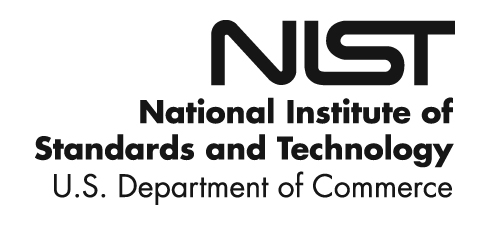The NIST Cybersecurity Framework: A Comprehensive Overview

Introduction
The National Institute of Standards and Technology (NIST) Cybersecurity Framework is a voluntary framework primarily intended for critical infrastructure organizations to manage and mitigate cybersecurity risk. Developed in response to a presidential executive order, it has gained widespread adoption across various sectors due to its flexibility and comprehensive approach to security. The framework provides organizations with a set of industry standards and best practices to help manage cybersecurity risks more effectively.
Basic Use
The NIST Cybersecurity Framework is used by organizations to assess and improve their ability to prevent, detect, and respond to cyber attacks. It offers a prioritized, flexible, and cost-effective approach for helping organizations manage cybersecurity risk, including how to organize and improve their cybersecurity posture and how to communicate with internal and external stakeholders about cybersecurity issues.
Key Provisions
- Framework Core: The Core presents five functions—Identify, Protect, Detect, Respond, and Recover—which provide a high-level, strategic view of the lifecycle of an organization’s management of cybersecurity risk.
- Implementation Tiers: These tiers describe the degree to which an organization’s cybersecurity risk management practices exhibit the characteristics defined in the Framework (Partial, Risk-Informed, Repeatable, Adaptive).
- Profiles: Profiles help organizations to establish a roadmap for reducing cybersecurity risk that is consistent with their objectives, requirements, risk tolerance, and resources.
Benefits
- Flexibility and Adaptability: The framework is designed to be adaptable to organizations of any size, sector, or type.
- Improved Risk Management: It helps organizations identify, assess, and manage cybersecurity risk in the context of their overall business and mission objectives.
- Enhanced Communication: By providing a common language, it improves communication on cybersecurity risks within the organization and with external partners.
Drawbacks
- Implementation Challenges: Small and medium-sized organizations may find it resource-intensive to implement without additional guidance or support.
- Evolving Threats: The dynamic nature of cyber threats means that the framework must be continuously updated and adapted, which can be challenging for some organizations.
- Compliance Focus: There’s a risk that organizations may treat the framework as a compliance checklist, rather than as a guide to improving cybersecurity practices.
Conclusion
The NIST Cybersecurity Framework is a critical tool in the fight against cyber threats, offering a flexible and comprehensive approach to improving cybersecurity practices. Its broad adoption underscores its utility in enhancing organizational resilience to cyber incidents.
While challenges in implementation and adaptation exist, the benefits of improved risk management, enhanced communication, and strategic alignment with business objectives make it an invaluable resource for organizations aiming to bolster their cybersecurity defenses. As cyber threats continue to evolve, the framework’s role in guiding cybersecurity practices will remain indispensable.
